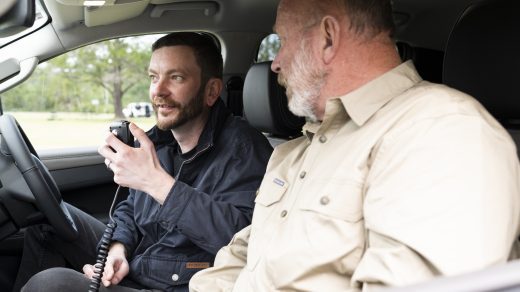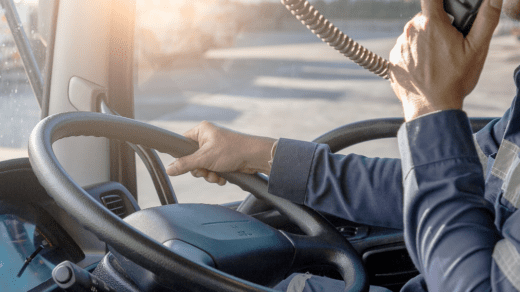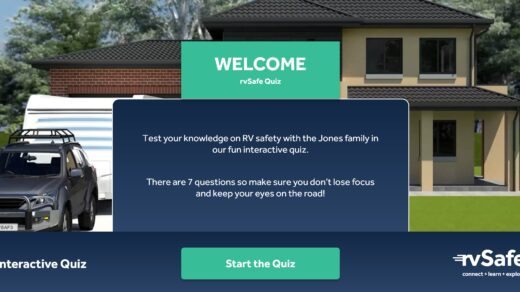Travelling through the Australian Outback is an unforgettable adventure – wide open spaces, stunning natural landscapes, and the freedom to roam. But with remote beauty comes a serious consideration: communication. Staying connected while off the beaten track isn’t just a matter of convenience – it can be crucial for safety. Here’s what you need to know about communications in the Outback.
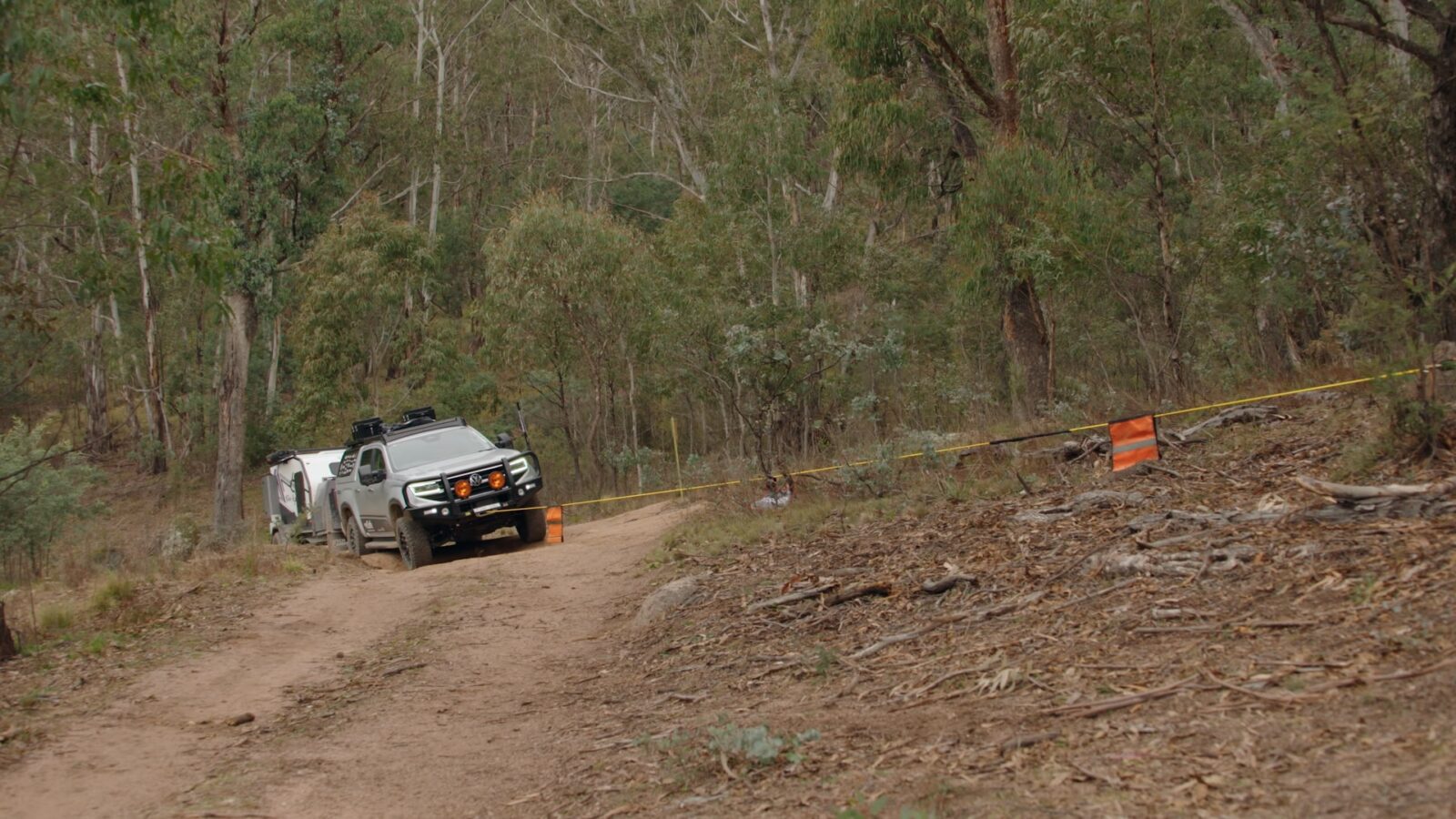
Why Communication Matters in Remote Areas
Mobile coverage in Australia drops off quickly once you’re away from towns and major roads. In the Outback, you may find yourself without any signal for hundreds of kilometres. This makes trip planning and communication tools essential – not only for checking in with loved ones but also for accessing emergency services if something goes wrong.
Mobile Phone Coverage
Australia’s three main mobile networks – Telstra, Optus, and Vodafone – offer different levels of regional coverage. Of the three, Telstra has the broadest reach into rural and remote areas, covering about 99% of the population (though not the land mass).
However, in vast stretches of the Outback, even Telstra will leave you with “No Signal.” If you’re relying on your mobile phone alone, be prepared for dead zones.
Tips:
- Invest in a Telstra Blue Tick phone, designed for better performance in rural areas.
- Consider a high-gain external antenna and signal booster to improve reception in fringe areas.
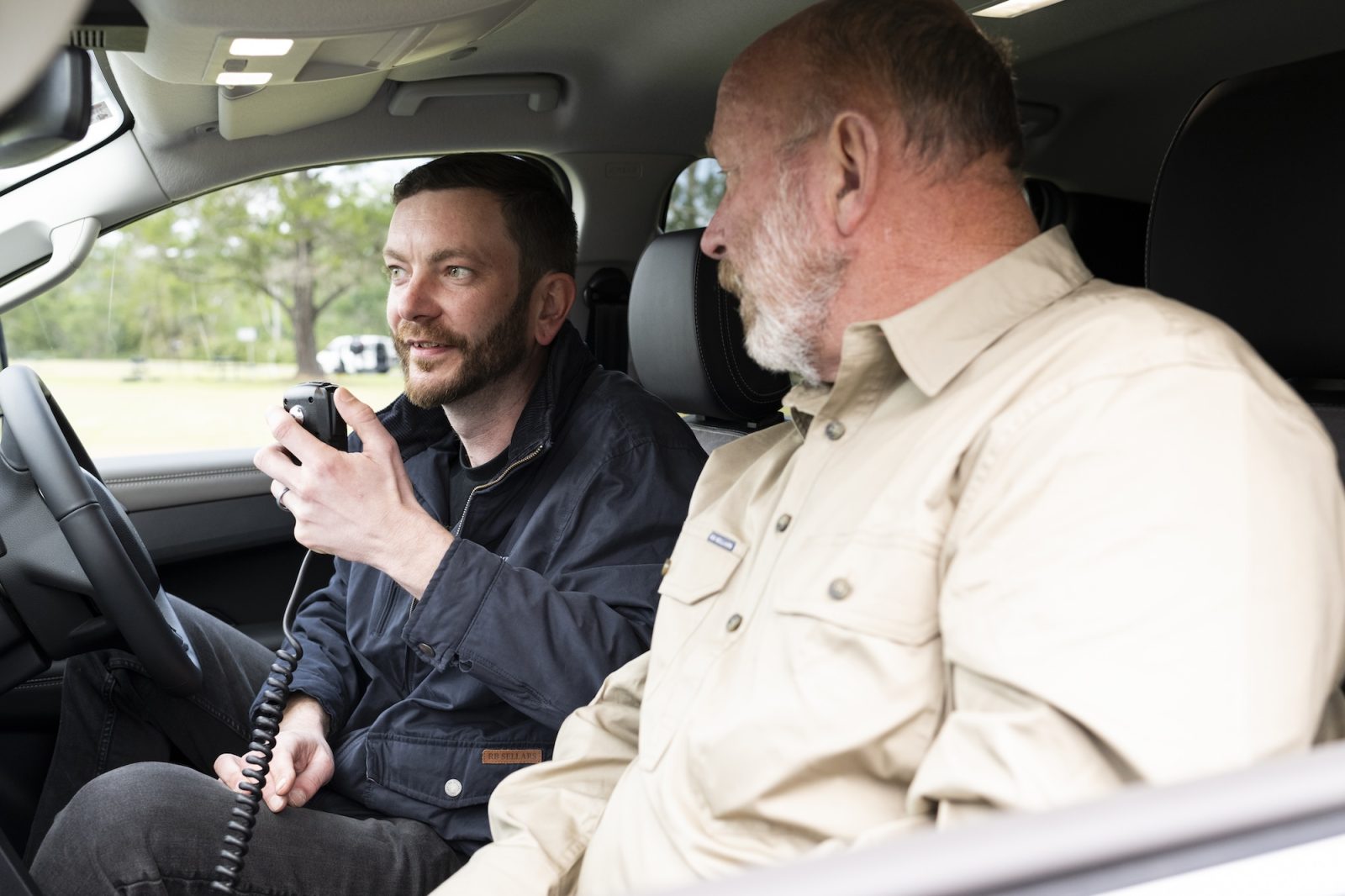
UHF (CB) Radios
A UHF CB radio (Ultra High Frequency Citizen Band) is a must for serious Outback travellers. While it doesn’t rely on mobile networks, its range is limited – typically up to 20–30 km in good conditions – but it’s ideal for:
- Communicating with nearby travellers and truckies
- Receiving road condition updates
- Calling for help within range
Commonly used channels include:
- Channel 40 – Used by truck drivers as the main road safety and highway channel.
- Channel 18 – Recommended for RV travellers.
- Channel 10 – Often used for 4WD clubs and in national parks.
- Channels 5 and 35 – Reserved for emergency use only.
UHF Tips:
- Listen before you speak to avoid interrupting others.
- Use short, clear messages.
- Agree on a channel with travel companions before setting off.
- Be respectful of other users – only share relevant information and avoid long-winded chats.
- Familiarise yourself with using repeaters (on channels 1–8 and 41–48) to extend your range in hilly areas.
Choosing the Right Antenna
Your UHF radio is only as effective as its antenna. The type of terrain you’re travelling through will influence which antenna is best:
- High-gain antennas (≈9 dBi) are ideal for long-range use on flat, open terrain.
- Low-gain antennas (≈3 dBi) offer better performance in hilly or wooded areas.
- Mid-gain antennas (≈6 dBi) strike a balance for general use.
Some travellers opt for dual antennas or switchable options, allowing them to adapt to changing terrain. For best results, mount your antenna high and clear of obstructions – such as on a bull bar or roof rack.
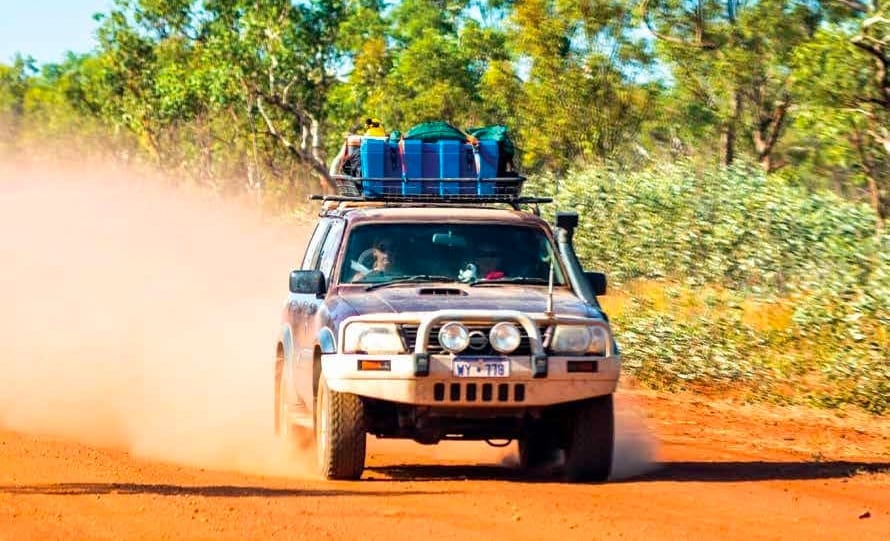
Satellite Phones
For areas with zero mobile coverage, a satellite phone is the most reliable way to stay in touch or call for help. These phones connect to satellites rather than terrestrial towers, offering coverage across most of the Australian continent.
Pros:
- Coverage in remote locations with no mobile signal
- Can call emergency services (000)
Cons:
- More expensive to purchase or rent
- Ongoing call and data costs can be high
If you’re venturing into very remote areas, a satellite phone is highly recommended.
Personal Locator Beacons (PLBs) & Satellite Messengers
For emergency-only communication, a PLB is a compact, no-subscription device that sends a distress signal via satellite. Once activated, it sends your GPS location directly to Australian emergency services.
Alternatively, satellite messengers (such as Garmin inReach or Zoleo) allow for two-way messaging, GPS tracking, and SOS functionality with a subscription plan. These are ideal for solo travellers or those who want to check in regularly without needing a mobile network.
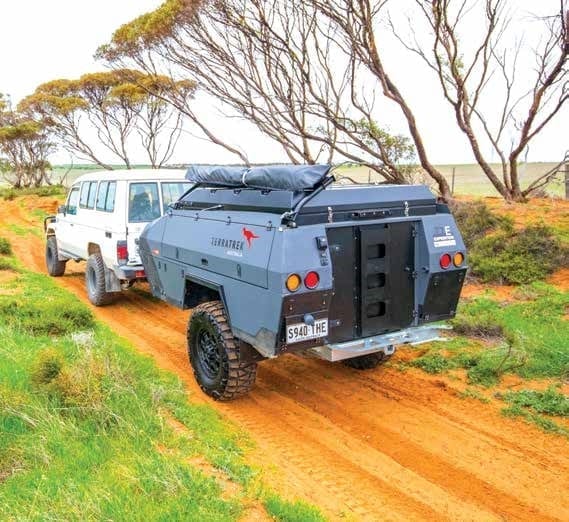
Offline Maps and Navigation
When heading into the outback, don’t rely on mobile data for navigation – coverage can disappear quickly. The CMCA Traveller app is a reliable companion for those exploring remote parts of Australia. It offers:
- Offline maps, so you can navigate even when you’re off-grid
- Turn by turn navigation, including when using offline maps
- A vast directory of camping and RV-friendly locations, including low-cost and free options
- Verified locations contributed by a trusted RV community
- User reviews, facility information, and GPS coordinates to help plan ahead
Before you hit the road, download the latest maps and points of interest so you’re ready to travel without needing an internet connection.
Final Tips Before You Go
- Tell someone your route and expected check-in times.
- Pack spare batteries or solar chargers for your communication devices.
- Regularly test your gear, especially if relying on emergency tools.
- Practice UHF etiquette – listen before speaking, keep transmissions short, and respect emergency channels.
- Know how to use a PLB or satellite device – don’t wait for an emergency to learn.
The Australian Outback is spectacular – but also remote and unforgiving. When RVing through the Red Centre or across the Kimberley, don’t leave communications to chance. Equip your rig with the right mix of technology – whether it’s a UHF radio, satellite phone, or emergency beacon – and you’ll not only stay safe but travel with greater confidence and peace of mind.
With the right tools and knowledge, the outback becomes not just a destination, but a journey worth remembering – for all the right reasons.




